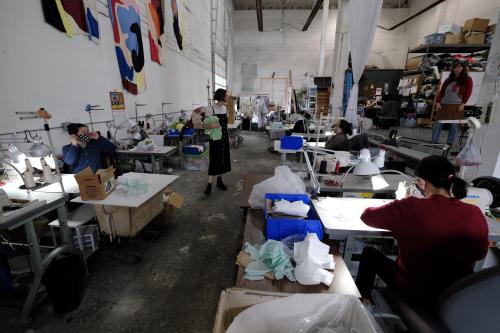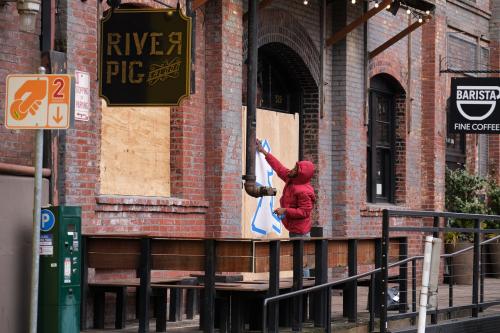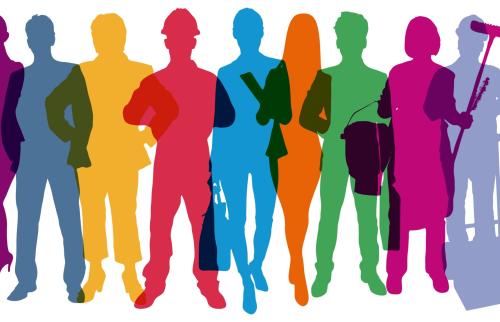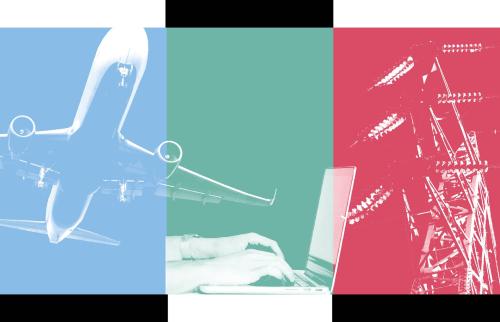For the past two months, the COVID-19 pandemic has forced the U.S. into lockdown. Now, the nation’s small businesses, most of which relied on foot traffic to generate revenue, are facing unprecedented challenges.
For policymakers, understanding what is happening in real time is more important than ever. Yet tracking small business revenue at the state level is usually not possible, due to multiyear lags in official statistics. In this piece, we tackle that gap by using data from Opportunity Insights’ Economic Tracker, which aggregates real-time data held by private companies, offering a unique opportunity to “nowcast” the economy.
The extremely fresh data come with limitations. Opportunity Insights collects small business purchases data from Womply, a small business software provider—and their data come from credit card processors serving about 450 thousand small business customers in the U.S., thus may not be representative of the entire small business sector. Comparing 2019 Womply data to Consumer Expenditure Surveys from the Bureau of Labor Statistics, Opportunity Insights found Womply data to be slightly skewed toward food industries. Since food industries are taking one of the hardest hits in this crisis, we are likely to overestimate the actual scale of revenue loss by projecting Womply data across all industries. Nonetheless, before a nationally representative sample from official statistics is available, this analysis provides valuable insights on where COVID-19 relief efforts are falling short.
The severity of the small business crisis varies across states
Small business revenues have plunged everywhere. Yet, due to the varying severity of the pandemic across the U.S., varying industry exposure, and varying levels of lockdown orders, some states are more exposed to the crisis than others. Compared to early January, small businesses in North Dakota, Washington, D.C., and Hawaii have experienced a revenue loss of over 60% on average since March 13, the declaration of the national emergency (Map 1). At the other end of the spectrum, small businesses in Utah, Wyoming, and Maine saw a 25% decline in revenue. Even at the low end, this represents a tremendous collapse.

States’ access to federal small business relief has been uneven
As of May 8, the Paycheck Protection Program (PPP)—the federal government’s primary tool to mitigate this small business crisis—has made $537 billion in loans to 3.6 million businesses. This is a historic relief effort, yet last week’s Census Bureau Small Business Pulse Survey showed that 41% of businesses that applied are still waiting for approval.
This gap is more pronounced at the subnational level. We plotted states’ PPP processing rate against their exposure to small business impact, with the horizontal axis showing percentage change in small business revenue loss, and the vertical axis showing share of PPP applications that have been approved (Chart 1).

In general, Midwestern states fared better than coastal states. Midwestern states tend to have much smaller PPP backlogs, partly due to a high concentration of small, local banks, while national banks that dominate large, urban markets were slow to lend.
Florida, Nevada, and Washington, D.C. are among the most exposed to small business revenue impact, with declines in revenue of over 50%. Yet, all three still have massive PPP application backlogs, with fewer than 40% of applicants receiving a loan. In contrast, North Dakota, another hard-hit state, managed to ramp up its PPP processing speed and deliver relief to more than 80% of small businesses in need.
The application processing speed matters because many small businesses don’t have a large enough cash buffer to keep themselves running. The Small Business Pulse Survey found that two-thirds of all businesses have less than two months of cash on hand to cover operations, and a quarter have missed a scheduled payment since March 13. In other words, without timely assistance, many of them will soon be out of business.








Commentary
In many of the hardest-hit states, COVID-19 small business relief is lagging
May 21, 2020